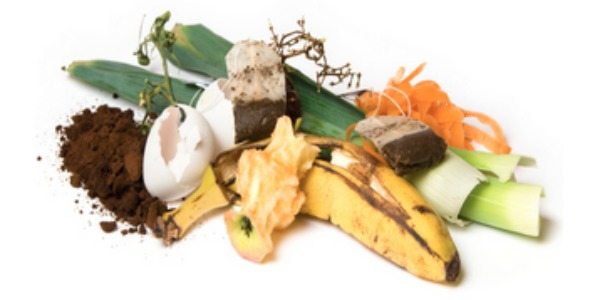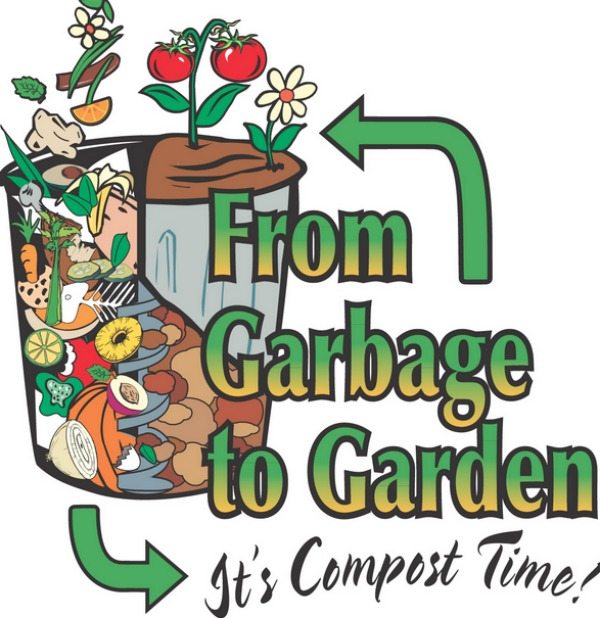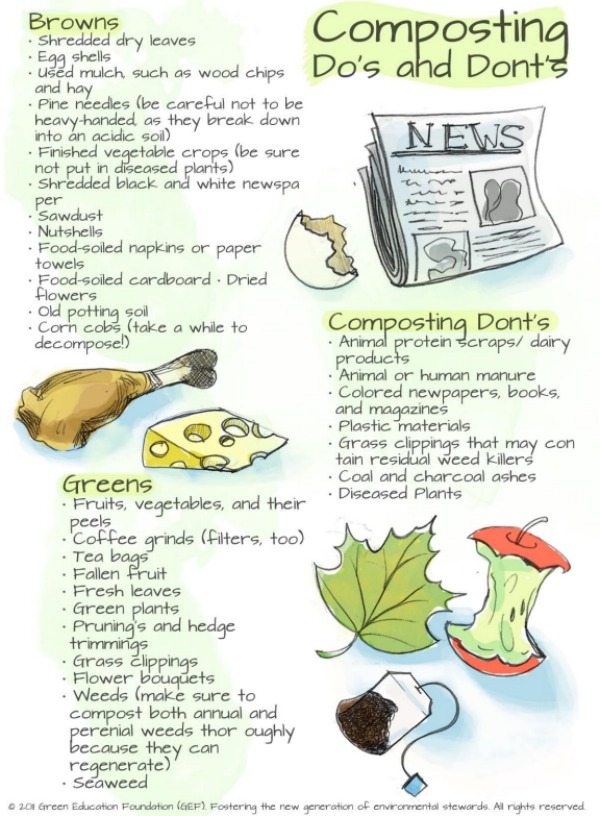This week is International Compost Awareness week. Composting is an easy way to recycle food and garden waste into soil that can enrich your garden.
Making your own garden compost is a lot easier than you may think. You can recycle most of your organic household and garden waste. This is an excellent way to help the environment and save money.
image from amazon.com
Benefits of composting include (but not limited to!)
Improving soil quality and garden vitality by releasing the rich nutrients in the compost into the soil of your garden.
Preventing greenhouse gas emissions by encouraging the breakdown of organic material and reducing the amount of garden and kitchen waste going to landfill.
Follow these 5 easy steps. For more detail, have a look at Composting Home Australia website.
1. Choosing the right bin
How much waste will you be able to place in your compost bin? If you have a medium or large lawn and intend to put the grass clippings in, you may need a bigger bin. Kitchen waste will generally require a smaller bin. If you need help choosing your compost bin, Sustainable Gardening Australia have put together this guide in order to help choose the best option for you.
2. Collecting kitchen waste
Collect organic waste from your kitchen in a container. After watching my grandma do this for years, I learnt that keeping an empty ice cream container next to your bin is an excellent way to do this. Another handy tip from my wise grandma to anyone that owns chickens – organic wastes from fruit and vege or other food scraps can be thrown back in the chicken pen for their all-organic dinner! Make sure there is no cooked food, meat or fish. Eggshells are fine 🙂

3. Filling the bin
Carry on with step 2 and keep emptying into your compost bin. All organic waste from the garden can be added to your bin as well including grass and flower clippings. It’s good to get the mixture of green and brown waste about the same to ensure your compost heap is effective and does not smell.
4. Leave it to mature
Making compost can take as little as a couple of months or as long as a year. The timeframe depends on factors such as your mixture, volume of waste, weather, frequency of turning and other factors. You can cut down the waste to as small as possible (like with a wood chipper), ensure the mixture is not too wet or dry and turn it regularly.
5. Putting your compost to use
The hatch at the bottom of the bin can be used to empty the bin contents. Seeing it was put in first, it has been in there the longest!
For a turning bin there are several options depending on your preference and the style of bin. You can place a bucket/tarp and open the door and turn the drum around for the compost to fall out. You can also scoop it out while rotated to the side. Compost can be mixed into the soil or placed above the existing soil.





